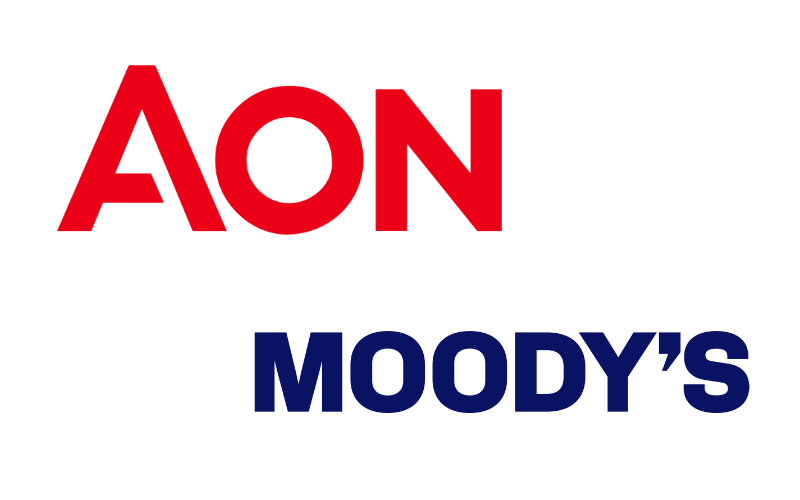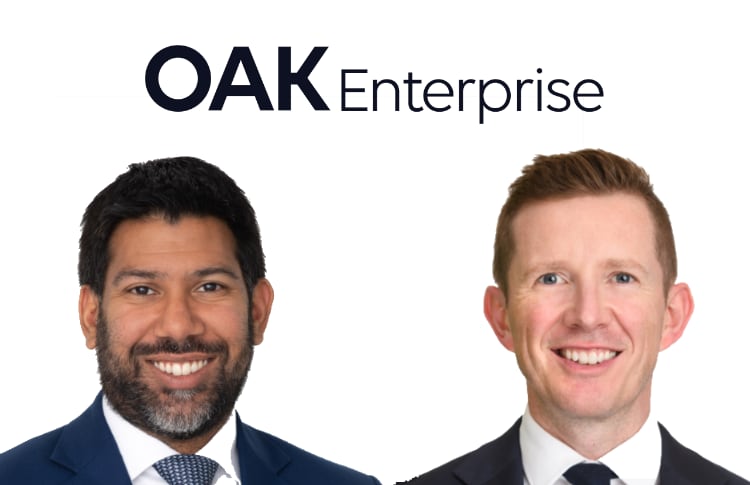
Global broker Aon and risk modelling, data and analytics specialist Moody’s have said that they see the annual premiums from the casualty catastrophe reinsurance market as a potential $5 billion opportunity, with a named peril focus seen as the best way to foster development of the segment.Earlier this year, , as they sought to reduce latency and accumulation risk for casualty, drive accelerated product innovation and help capital more efficiently allocate to casualty risk.This week the pair said that they believe emerging risks in the casualty sector could contribute around $5 billion of reinsurance premium annually.In this context, emerging risks are said to include PFAS contamination, addictive software design and microplastics, which Aon and Moody’s said are all “reshaping the liability landscape.” This is presenting both insurance and reinsurance market constituents with “challenges and volatility” the pair said, but they also see casualty catastrophe reinsurance as an area presenting “profound opportunities for growth and innovation.” In addition, the pair said that additional growth is expected through legacy liability transfer opportunities and even parametric risk transfer solutions, with proactive insurers expected to be leaders in all these areas.
As a way to capture this opportunity, Aon and Moody’s have developed named peril reinsurance, which they see as “a strategic innovation that provides explicit coverage for precisely identified and quantified risks.” The pair sees these as able to “drive transparency and certainty by covering specific emerging pre-litigation threats, such as microplastics or ultra processed foods.” Amanda Lyons, global product leader at Aon’s Reinsurance Solutions, explained, “The casualty catastrophe sector has reached an inflection point, where a structured, scalable market is rapidly emerging.We are not just responding to these market changes – we are developing and implementing advanced solutions in order to proactively shape a scalable, structured market that is poised for substantial growth.Supported by our insights and technology, we are encouraging reinsurers and other capital providers to allocate capacity to these risks and help drive the development of innovative products.” Joe Melly, Managing Director, Casualty and Financial Lines at Moody’s, added, “We operate in an industry built on an ability to assess and manage risk.
Through advanced analytics, AI-enabled casualty catastrophe modeling, and targeted named peril reinsurance products, we are converting emerging casualty exposures into tangible opportunities for re/insurers.This work reflects Moody’s deep commitment to fostering a more sustainable, data-driven, and resilient casualty market.” Innovative risk transfer mechanisms are seen as key, including parametric risk transfer.Once a liability is pared down to a single named peril, it is seen as possible to wrap understanding and data around it to construct parametric triggers.
Not suitable in every case, but a potential area of future innovation and also one that suggests the potential to perhaps dramatically shorten the tail, while still offering effective and valuable reinsurance risk transfer, it seems.Named peril reinsurance is seen as the way to achieve greater capital efficiency and simplified risk aggregation management, with improved predictability of the financials thanks to exposure-based pricing as well.It’s also interesting to think about how these products can be more responsive as well and here Aon and Moody’s hint at this by saying, “A named peril casualty catastrophe market has the added advantage of rapidly mobilizing capital on defendants’ behalf to combat the growing litigation funding available to plaintiffs.
This capital can be deployed when new mass litigation with developing scientific evidence or novel legal theories emerges.Insurers can then manage and ring-fence exposures, reducing the likelihood that jury awards translate into catastrophic indemnity losses.” Which is intriguing, as it seems similar in concept to how some disaster risk financing approaches have looked to become more responsive and deliver capital more immediately, or even in some cases before, the major financial burden of a disaster hits an economy.It’s not immediately clear how this becomes an insurance-linked securities (ILS) market opportunity at this stage, but the development of a named peril casualty reinsurance market, with the potential for parametric risk transfer techniques to be used as well, in an area where efficient and diversifying capital sources may be welcomed, could hint at something for the ILS market to watch closely.
With casualty ILS market development underway, there is a desire to find ways to compartmentalise exposures to both make them more understandable and possible to structure in ways ILS capital could find them appealing, while shortening or carving off the longer-tail.With , as more cedants looking at how to structure their risks suitably to attract efficient third-party and alternative capital, these developments in improving the understanding of casualty risk, with a view to fostering more risk transfer and in innovative formats (such as parametrics) could herald a new avenue for the ILS market to look towards in future...
All of our Artemis Live insurance-linked securities (ILS), catastrophe bonds and reinsurance can be accessed online.Our can be subscribed to using the typical podcast services providers, including Apple, Google, Spotify and more.
Publisher: Artemis








